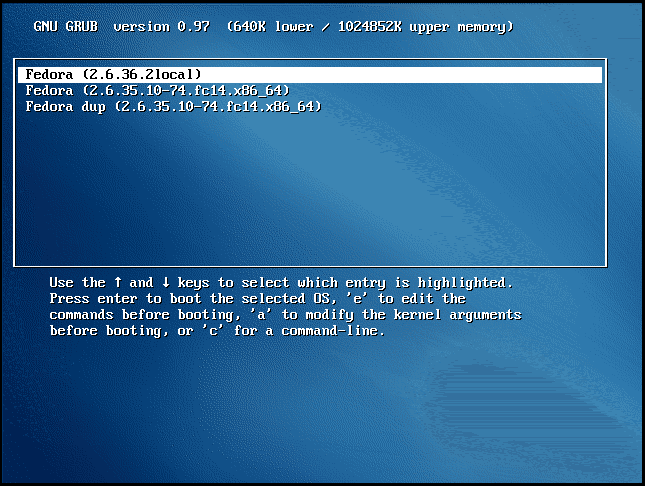
If you’re running a multiboot EFI system, systemd-boot can provide easier boot management and might even reduce your boot times.

It’s more robust, but it’s also not nearly as configurable or adaptable as Grub. If you have problems with Grub, systemd-boot provides a dramatically simplified boot infrastructure with drop-in file configuration. Conclusion: Is Grub or Systemd-boot better? This simplifies the configuration for multi-boot systems. These drop-in configuration text files can simply be copied to systemd’s directory when a new kernel is installed. conf file for each kernel or operating system), it can be simpler for maintaining a system with multiple kernels or operating systems manually. Because systemd uses split configuration files (a single.
Make grub4dos boot uefi install#
Some people install it for speed or to manage multiple operating systems more effectively. With its limited interface, systemd is a far smaller bootloader than Grub. It’s a dramatically less configurable system than Grub, with basically no configuration options. The systemd-boot is basically an interface for the boot logic included in EFI, which is why it can only be used with compatible EFI systems. Available boot devices are listed by their title, which is handled in systemd-boot’s configuration file. Systemd’s overall goal is to boot the system quickly by starting fewer things and starting more in parallel, and systemd-boot shares that goal.Īs a text-only bootloader, systemd has an obviously old-school appearance. However, thanks to its simplicity, gummiboot was added to systemd and renamed “systemd-boot” to match systemd’s component-naming convention.
Make grub4dos boot uefi code#
Systemd-boot is a several-thousand-lines code and has no dependencies in the rest of the systemd suite. systemd, short for “system daemon,” is a collection of fundamental prerequisite daemons for running a Linux system. Linux fans may have encountered the name “ systemd” before. Grub vs systemd-boot: What is systemd-boot? For example, if you don’t configure the chain-loaded kernels properly, multiple Linux installations can end up “fighting” over control of the MBR. But it’s a system that can also be easily upset. This works, and for most uses cases, it’s absolutely sufficient. The primary operating system’s bootloaders lives in the MBR, and other operating systems are chain-loaded through bootloaders on their own partitions. Grub uses one conf file, so every operating systems is included in the same file, which is edited to reflect changes. Problems occur most frequently when installing Grub on an existing multiboot system, removing OSes, and installing new OSes. However, it can be a little tricky if anything goes wrong. Grub supports multiboot systems and was written specifically for that purpose. Ubuntu’s version of Grub, for example, uses Canonical-brand purple. It also provides options for visual configuration like text, background colors and graphical splash images.

If you’ve interacted with a Linux bootloader, it’s probably been Grub. Because it’s intended to cover a wide range of platforms and distributions, Grub is commonly used as the default bootloader shipped with most Linux distros. It’s designed to work on any hardware platform and boot just about any Unix operating system from virtually any boot media and file system.
Make grub4dos boot uefi software#
It’s based on the Free Software Foundations’s multiboot specification. GNU GRUB, more commonly known as Grub or GRUB 2, stands for GRand Unified Boot Interface. On most systems the bootloader appears right after the splash screen for the motherboard. The bootloader then boots the operating system and hands off hardware control to the OS. If multiple bootable system images are detected, the bootloader allows the user to select the system to start. It’s copied to memory from a special sector on the boot media and runs before any operating system is booted. What is a bootloader?Ī bootloader loads the operating system. Grub, on the other hand, loads what is sometimes described as “an entire OS” to manage booting the user’s operating system, providing far greater capability. From a high-level perspective, systemd-boot links to the bootloader already in UEFI, offering the most basic feature set for selecting an operating system. On compatible EFI systems, systemd-boot can be used in place of Grub to boot the system’s operating system.

Systemd-boot, sometimes called “systemd” and previously called “gummiboot,” is Grub’s newer competitor.


 0 kommentar(er)
0 kommentar(er)
